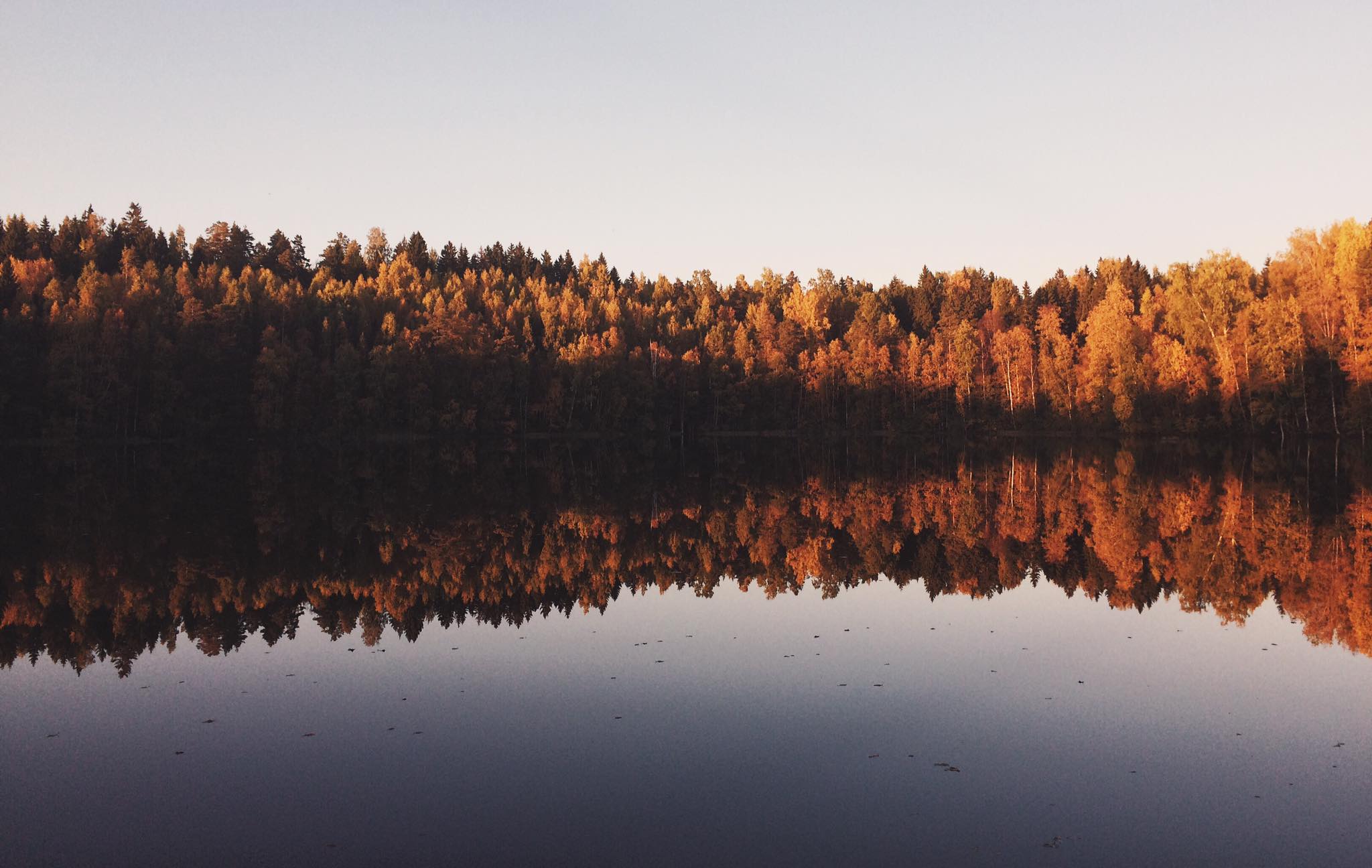Yesterday, Eric and I had our second meeting in a Cafe shop in Keskustori area. We talked about traditional Chinese festivals yesterday. And among all those traditional Chinese festivals, I have selected out 6 most representative and comparably more interesting ones out of the rest. They are, needless to say, firstly the biggest festival in China — Chinese New Year (The spring festival), and then Lantern festival which falls on the last day of Chinese new year, Tomb sweeping festival, Dragon boat festival and last but not least, Double seventh festival (Chinese valentines day)
We talked about the different origins of each festival and also how people celebrate those festivals on the celebration day. Intriguing to Eric was that, most of the festivals are related to food, like in Lantern festivals, people will eat sweat dumplings; in dragon boat festival, people will eat glutinous rice dumpling wrapped with bamboo leaves; while in Mid-autumn festivals, everyone eats moon cakes. Some Chinese festivals have really interesting fairy-tales and stories as it’s origin, however, some of those are comparably dry and boring. I was glad that Eric stayed awake through out the 2 hours meeting.
Chinese New Year:
Falls on the 1st day of the 1st month according to Chinese lunar calender.
Lantern festival:
sweet dumpling people eat on the lanterns festival. It is sweet, EXTREMELY SWEET!!
it falls on the last day of Chinese new year, (Chinese New Year lasts for 15 days) traditionally this was the valentines day for ancient folks. Because on that day, young ladies are allowed to hang out with their friends on the streets freely, carrying their own hand-made lanterns and talk with young guys. The lanterns can be of any patterns and different colors. streets turn out to be stunning that day : )
Chinese Valentines Day:
It falls on the 7th day of the 7th month in Chinese lunar calender. Behind this was a fairy-tale of love. Looking onto the sky on that day, you could see two bright stars are separated by the milky way, one is called the cowherd star, the other is called the weaver-maid star. They are only allowed to meet once in a year on a bridge built by magpies. That’s also why magpies carry good and positive meaning in a Chinese context.
mid-autumn festival:
Moon cakes people eat on mid-autumn’s festival.
dragon boat festival:
*glutinous rice wrapped with bamboo leaves* the food people eat on the dragon boat day.
We covered all the 6 festivals I stated in the beginning. We talked about each festivals origin and what do people do on that day and also what people used to do on that day. It was fun by telling a westerner my traditions. The challenging part was that, it was hard for me to find the balance of telling something as correct as its origin and also not reading from the materials I have in hand. It was also hard for me to organize my speech, as story telling wasn’t as easy as simple daily communication. throughout our meeting. I was trying to tell him the accurate information, but also try to keep myself off from reading the texts I have.
Thanks to Eric, I also learnt something new from him. The Easters day in Slovakia is celebrated in a weirdly interesting way… that they will pour water on women and get money back. lol …
It was a fun meeting, see you soon buddy !
(Pardon me that I couldn’t post each of the festivals origins\stories here, because they are too long. However if you are knee to know the stories behind those festivals, kindly click Chinese Traditional Festivals for further references. Thanks!)










Comments